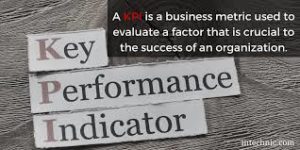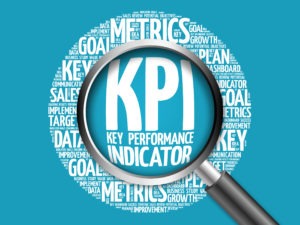
Direct response marketing is a marketing that demands a direct response from your potential customers. This type of marketing is used to answer questions, present your branding, products and the reason you do what you do. Customers love this, as they are offered the opportunity to response, whether that be in the way of signing up for a newsletter, posting a comment on your site or blog, or purchasing a product from you.
So, what does direct response marketing look like? Well, it comes in many forms, including:
- Social media
- Digital advertising
- Direct mail
- Print ads
- Radio and TV ads
- Coupons or other incentives
- Telemarketing
Some of the advantages of direct marketing are:
- A great way to use free time during lulls in business
- Productive way to communicate and empower you to create more relationships
- Great way to up- and cross-sell to current customers
- Low cost way to rustle up new business
- Used as leverage to turn small sales into large sales
- Supplement your current marketing program
- Cost-effective way to reach target markets
- Offers measurable results
- Reach outside your local area for new business
- Increase the effectiveness of your sales force
These are all great things that can come from just taking a few simple steps to putting together a direct response marketing plan and executing it.
“I honestly don’t think you’ll ever find a safer, lower-risk, higher-profit method of increasing your business or profession than direct-response marketing.” Jay Abraham
Direct response marketing is one of the best ways to launch your business on a large scale and reach out to everyone in your target market whether they are in your local area or not. Our FREE test drive can help you put together a great direct response marketing plan and get you on your way to heightened success .






